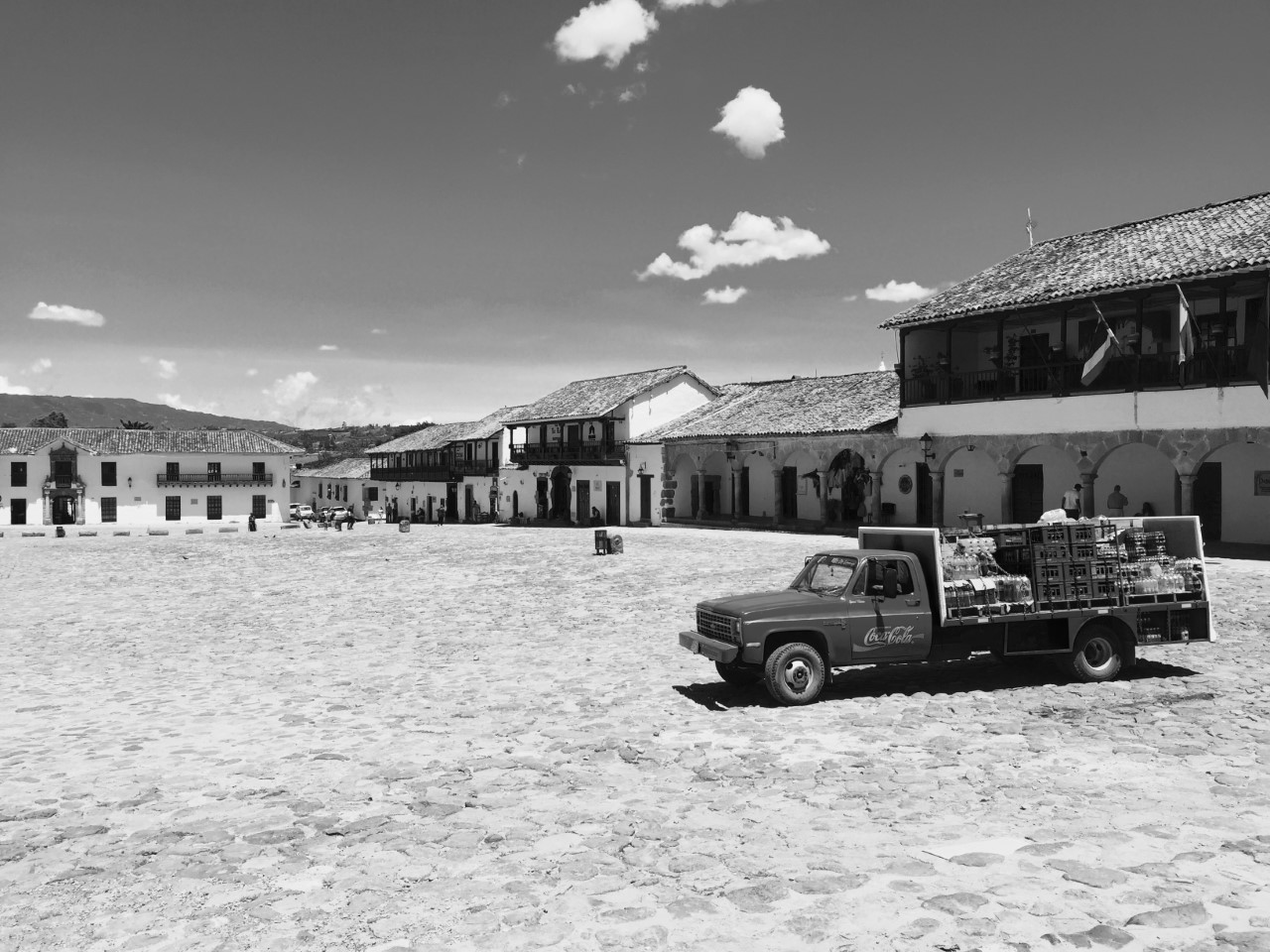Gender wage gap in Mexico: evidence from ENIGH 2016
Resumen
The National Household Income and Expenditure Survey (ENIGH) 2016 is used to analyze the conditional distribution of wages, particularly by gender, grouped by labor income deciles. Statistical evidence is found that wage rates for men are higher than for women, considering full-time workers. It is also shown that the estimated gender pay gap changes for different wage rate deciles, a change that is associated with differences in the marginal effects of work experience on the wage rate. Additionally, the inequity of opportunities suffered by women to access better working conditions is analyzed. Finally, returns to schooling are studied, which turn out to be higher for the female gender.




